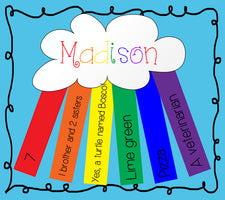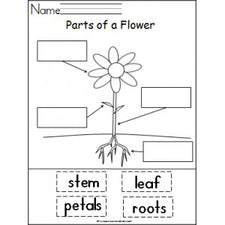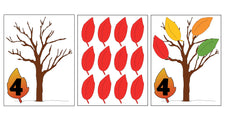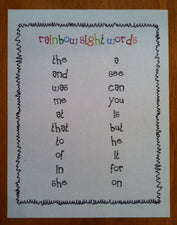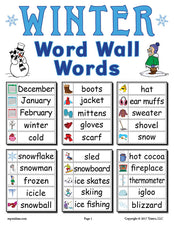Wordless Picture Books

Wordless pictures books are a great tool for sparking creativity, improving student vocabulary, and building reading skills. [Check out this great post about the benefits of wordless picture books as well as appropriate literature selections to use in the classroom!] In the following lessons, students will discuss the elements of a story - the plot, characters, setting, etc. - as they relate to the illustrations. Essentially, students will learn to "read" the pictures for the information they reveal about the story - which can be a great skill when learning to read!
Lesson 1: Illustrating Text
Explain to your students that pictures can often be just as important as the text of a story. In fact, they can provide a sort of pictorial "context clue" when the reader runs across a word or phrase they don't know. In this exercise, students will experience how listening to a story can create a picture in our minds.
To begin, select a children's book from the shelf (consider using one that ties into the present thematic unit) and inform your students that they are going to be taking on the role of illustrator. Invite each child to listen carefully as you read the text from the first page then, without seeing the original pictures, sketch an illustration to accompany it. Do this for each page of the book. At the end, allow your students to share their creations having them explain why they chose to feature certain elements, characters, plot happenings, etc.
Consider using word processing software to print the story text onto small strips for the students to cut out and glue to their illustrations - creating their own book to take home!
Lesson 2: Storytelling with Illustrations
Just as listening to a story creates a picture in our minds, looking at a picture can create a story in our minds. In this three-part exercise, students will be invited to study the pictures of a book to discern:
- Who the characters are and what they might be like.
- The setting - where the story takes place, when the story takes place, what time of year the story takes place, etc.
- What is happening in the story and how the characters might be affected (i.e. thoughts/feelings, etc.).
They will then use these insights to write their own story to go along with the illustrations in a wordless picture book.
Part 1: Begin the exercise as a class. Choose a new story, cover up the words on the first page. Discuss each of the elements and how they're presented through the illustrations on the page. Prompt students to look at actions, body language, facial expressions, etc. in order to predict what might happen next. Keep an organized chart of your class' contributions for the page. Flip to the next page, once again covering up the text, and repeat the process. Discuss what predicted events seem to be correct as well as more observations on the characters, setting, and plot. Continue this process until each page has been completed and a rough storyline has been formed.
Part 2: Next, using your notes as a guide, decide as a class the text that should accompany each illustration and write it on the board. Once text has been written for each page, read the class' rendition of the story (and be sure to keep a copy of it to make into its own special book!). Finally, read the story as it was written and compare it to your class' version.
Part 3: Divide your students into groups of three. Provide each group with a new (very simple!) wordless picture book and an organizational chart and have them repeat the exercises in parts one and two on their own. Invite them to prepare a first draft (sticky notes with preliminary text on each page will do just fine!) and emphasize the importance of adding details, etc. rather than just telling a simple story (i.e. “The dog ran” is too simple. How did he run? Where did he run? Was he running away/toward something? Was he running because he was happy/full of energy/sad? etc.).
Be sure to make yourself available to your students – with only one practice run as a class, this might seem a bit overwhelming. Another option might be to select three different stories, discuss them first as a whole, then assign one of these stories to each group to finish. You'll get several different versions of the same story which could be a lot of fun!
Wordless picture books are a great learning tool and, with these exciting lessons, your students are sure to have a blast!
